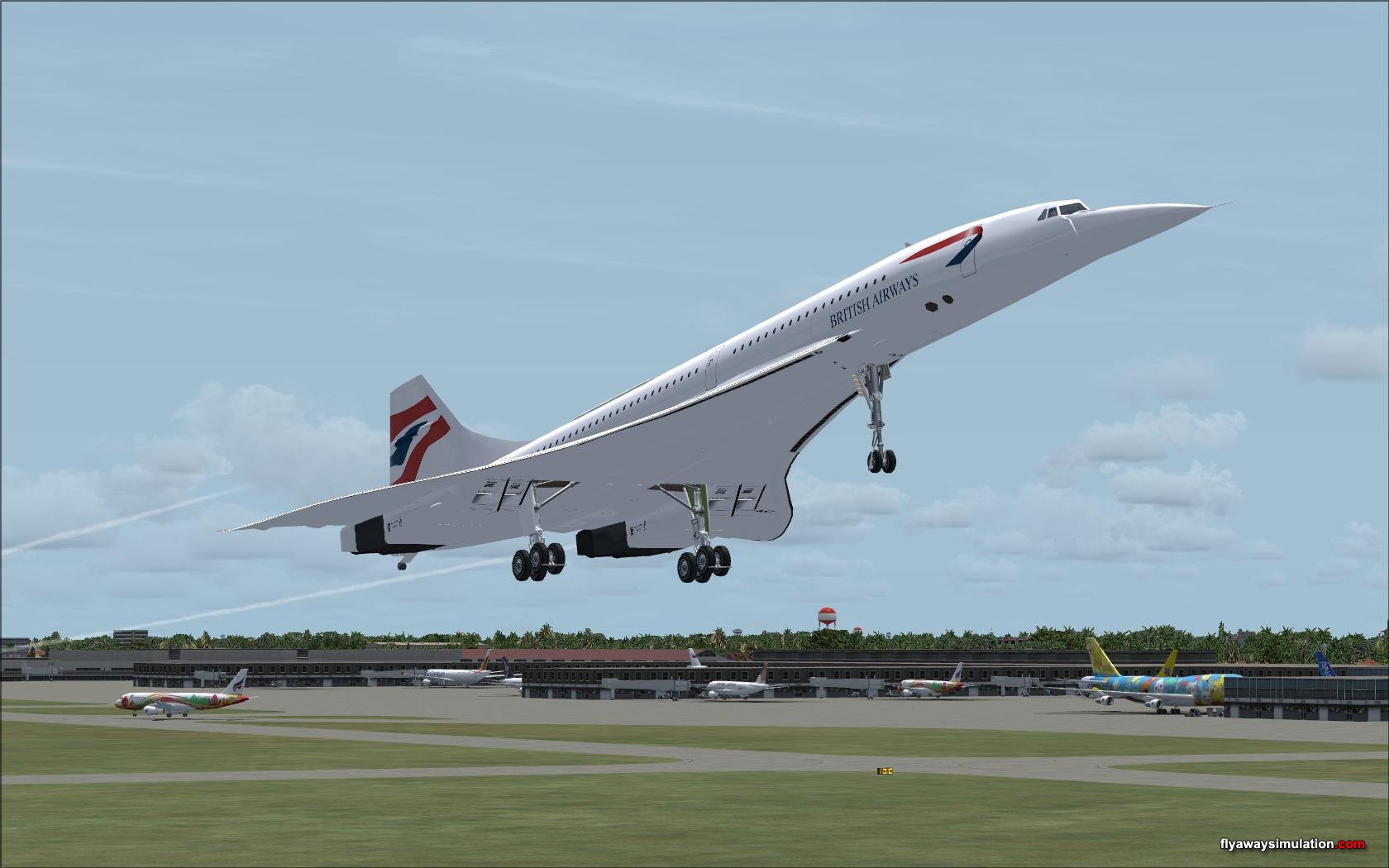
From London’s Heathrow Airport and Orly Airport outside Paris, the
first Concordes with commercial passengers simultaneously take flight on
January 21, 1976.
The London flight was headed to Bahrain in the
Persian Gulf, and the Paris to Rio de Janeiro via Senegal in West
Africa. At their cruising speeds, the innovative Concordes flew well
over the sound barrier at 1,350 miles an hour, cutting air travel time
by more than half.
The flights were the culmination of a 12-year
effort that pitted English and French engineers against their
counterparts in the USSR. In 1962, 15 years after U.S. pilot Chuck
Yeager first broke the sound barrier, Britain and France signed a treaty
to develop the world’s first supersonic passenger airline. The next
year, President John F. Kennedy proposed a similar U.S. project.
Meanwhile, in the USSR, Soviet leader Nikita Khrushchev ordered his top
aviation engineers to beat the West to the achievement.
There were
immense technical challenges in building a supersonic airliner. Engines
would need to be twice as powerful as those built for normal jets, and
the aircraft’s frame would have to withstand immense pressure from shock
waves and endure high temperatures caused by air friction. In the
United States, Boeing tackled the supersonic project but soon ran into
trouble with its swing-wing design. In England and France, however,
early results were much more promising, and Khrushchev ordered Soviet
intelligence to find out as much as possible about the Anglo-French
prototypes.
In 1965, the French arrested Sergei Pavlov, head of
the Paris office of the Soviet airliner Aeroflot, for illegally
obtaining classified information about France’s supersonic project.
Another high-level Soviet spy remained unknown, however, and continued
to feed the Soviets information about the Concorde until his arrest in
1977.
On December 31, 1968, just three months before the first
scheduled flight of the Concorde prototype, the fruits of Soviet
industrial espionage were revealed when the Soviet’s TU-144 became the
world’s first supersonic airliner to fly. The aircraft looked so much
like the Concorde that the Western press dubbed it “Konkordski.”
In
1969, the Concorde began its test flights. Two years later, the United
States abandoned its supersonic program, citing budget and environmental
concerns. It was now up to Western Europe to make supersonic airline
service viable before the Soviets. Tests continued, and in 1973 the
TU-144 came to the West to appear alongside the Concorde at the Paris
Air Show at Le Bourget airport. On June 3, in front of 200,000
spectators, the Concorde flew a flawless demonstration. Then it was the
TU-144’s turn. The aircraft made a successful 360-degree turn and then
began a steep ascent. Abruptly, it leveled off and began a sharp
descent. Some 1,500 feet above the ground, it broke up from overstress
and came crashing into the ground, killing all six Soviet crew members
and eight French civilians.
Soviet and French investigators ruled
that pilot error was the cause of the accident. However, in recent
years, several of the Russian investigators have disclosed that a French
Mirage intelligence aircraft was photographing the TU-144 from above
during the flight. A French investigator confirmed that the Soviet pilot
was not told that the Mirage was there, a breach of air regulations.
After beginning his ascent, the pilot may have abruptly leveled off the
TU-144 for fear of crashing into this aircraft. In the sudden evasive
maneuver, the thrust probably failed, and the pilot then tried to
restart the engines by entering a dive. He was too close to the ground,
however, and tried to pull up too soon, thus overstressing the aircraft.
In
exchange for Soviet cooperation in the cover-up, the French
investigators agreed not to criticize the TU-144’s design or
engineering. Nevertheless, further problems with the TU-144, which was
designed hastily in its bid to beat the Concorde into the air, delayed
the beginning of Soviet commercial service. Concorde passenger service
began with much fanfare in January 1976. Western Europe had won its
supersonic race with the Soviets, who eventually allowed just 100
domestic flights with the TU-144 before discontinuing the airliner.
The
Concorde was not a great commercial success, however, and people
complained bitterly about the noise pollution caused by its sonic booms
and loud engines. Most airlines declined to purchase the aircraft, and
just 16 Concordes were built for British Airways and Air France. Service
was eventually limited between London and New York and Paris and New
York, and luxury travelers appreciated the less than four-hour journey
across the Atlantic.
On July 25, 2000, an Air France Concorde
crashed 60 seconds after taking off from Paris en route to New York. All
109 people aboard and four on the ground were killed. The accident was
caused by a burst tire that ruptured a fuel tank, creating a fire that
led to engine failure. The fatal accident–the first in Concorde’s
history–signaled the decline of the aircraft. On October 24, 2003, the
Concorde took its last regular commercial flight.
THROWBACKTHISDAY; makes it 40 years and TBT Blog remembers.
No comments:
Post a Comment